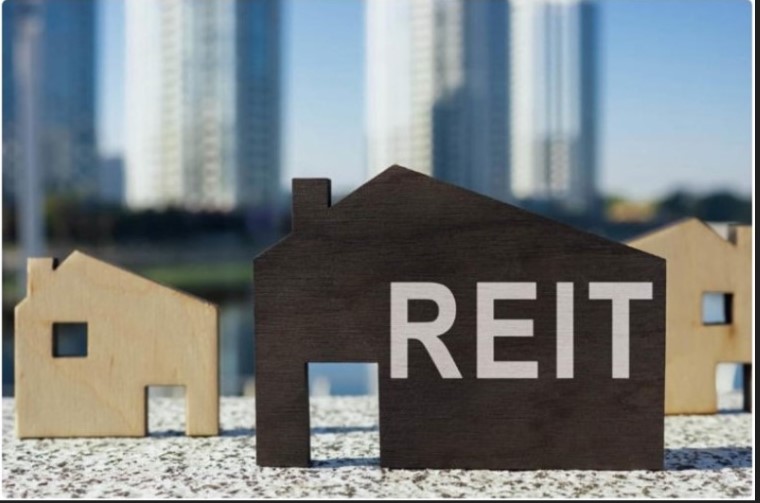Why performance matters for valuation.
Story by Max King

Why do two ostensibly similar real estate investment trusts (Reits) trade at such different valuations? AEW UK Reit (LSE: AEWU), with net assets of £174 million, invests in “UK commercial property assets in strong locations” nearly all outside London. Its shares trade on a 4% discount to net asset value (NAV) and yields nearly 8%.
Conversely, Regional Reit (LSE: RGL), with net assets of £362 million, invests in “high quality commercial properties outside of the M25 motorway”. Its shares yield 7.3% but trade on a discount of 44% – even though, as the larger trust, its shares ought to be more liquid.
Part of the answer is down to performance. AEW seeks to buy “mispriced assets” and to apply “active management” to “grow income, lengthen and improve tenant leases, add value using the planning system and refurbish, where needed”. A five-year investment return of 70%, compared with a property sector index of -5%, shows it has succeeded. Meanwhile, RGL’s NAV is down 74% over five years and 70% over three years.

RGL has been less prudent. It has net debt of £260 million, equal to 42% of portfolio value. A disposal programme of 40 properties with a book value of £106 million – partly offset by capital expenditure of £24 million – would cut that to 29%. However, this follows a distressed share issue at 10p in mid-2024, which raised £110 million but heavily diluted the NAV.
The proceeds enabled RGL to repay a £50 million bond, which was about to mature – debt having reached 57% of portfolio value. Following this, there was a one-for-ten share consolidation. The issue was underwritten by Steve Morgan, the founder of housebuilder Redrow. This has left Morgan’s companies with 22% of the shares in issue.
Which Reit to choose?
There is less rental upside in AEW’s portfolio – just 9% – but management expects recent acquisitions and planned asset management initiatives “to result in stronger returns in the future.” With 34 properties and 129 tenants, it is more focused than RGL, even taking into account its smaller size, and the portfolio is more diversified.
The current market is “the greatest buying opportunity we have seen in the ten-year life cycle of the company but, perhaps, a less good time to be selling”, says Laura Elkin, AEW’s lead manager. “There is more mispricing in the market, which is absolutely what we want to see, enabling us to buy properties out of line with their long-term fundamentals and then actively manage them.”
For investors, the choice is between a Reit with a great record and good prospects at a price that reflects those factors, and one which is very much a recovery bet with plenty of upside but higher risk.

Greetings from Ohio! I’m bored to tears at work so I decided to check out your website on my iphone during lunch
break. I really like the information you present here and can’t wait to take a look when I get home.
I’m shocked at how quick your blog loaded on my mobile ..
I’m not even using WIFI, just 3G .. Anyways, good blog! https://Tonybet4Uk.Wordpress.com/
Greetings from Ohio! I’m bored to tears at work so I decided to check out your website on my iphone during lunch
break. I really like the information you present here and can’t wait to
take a look when I get home. I’m shocked at how quick your blog loaded on my mobile ..
I’m not even using WIFI, just 3G .. Anyways, good blog! https://Tonybet4Uk.Wordpress.com/